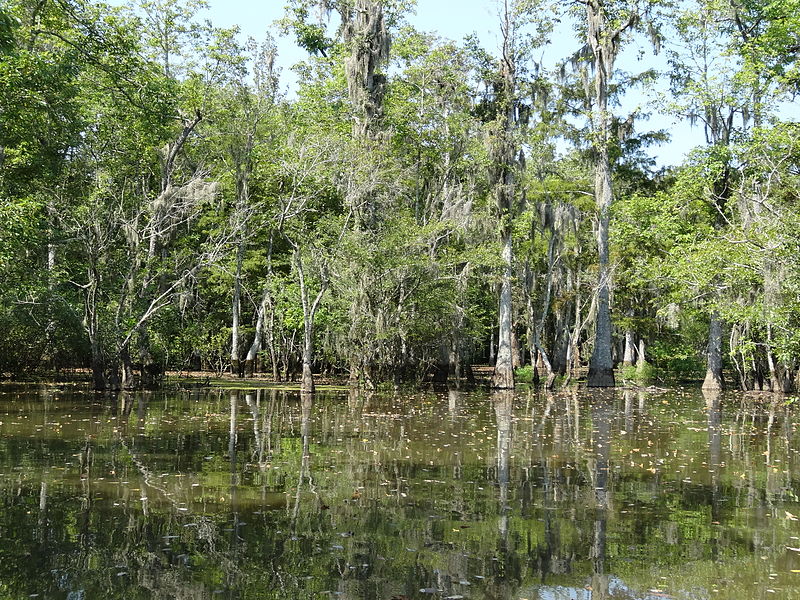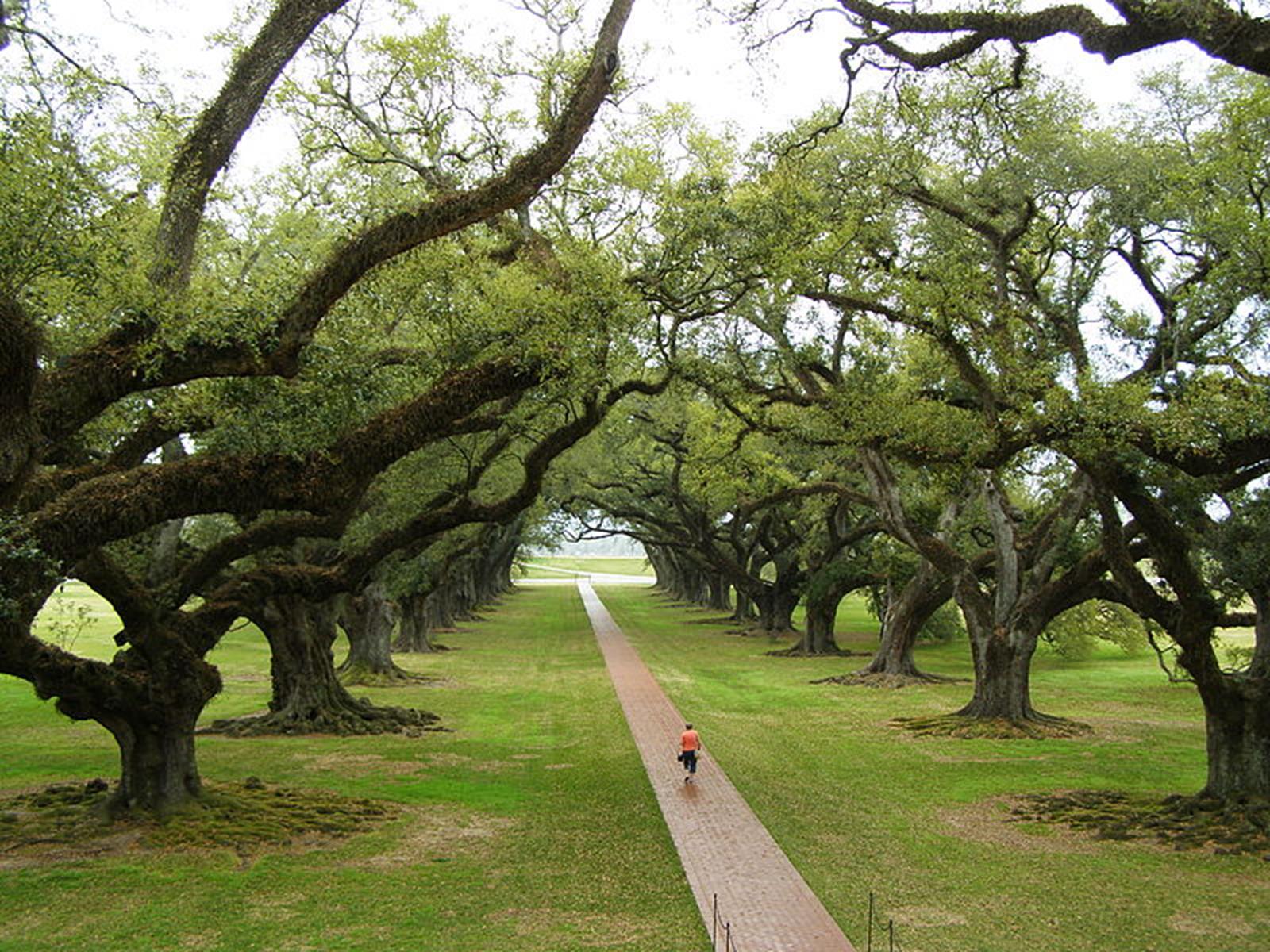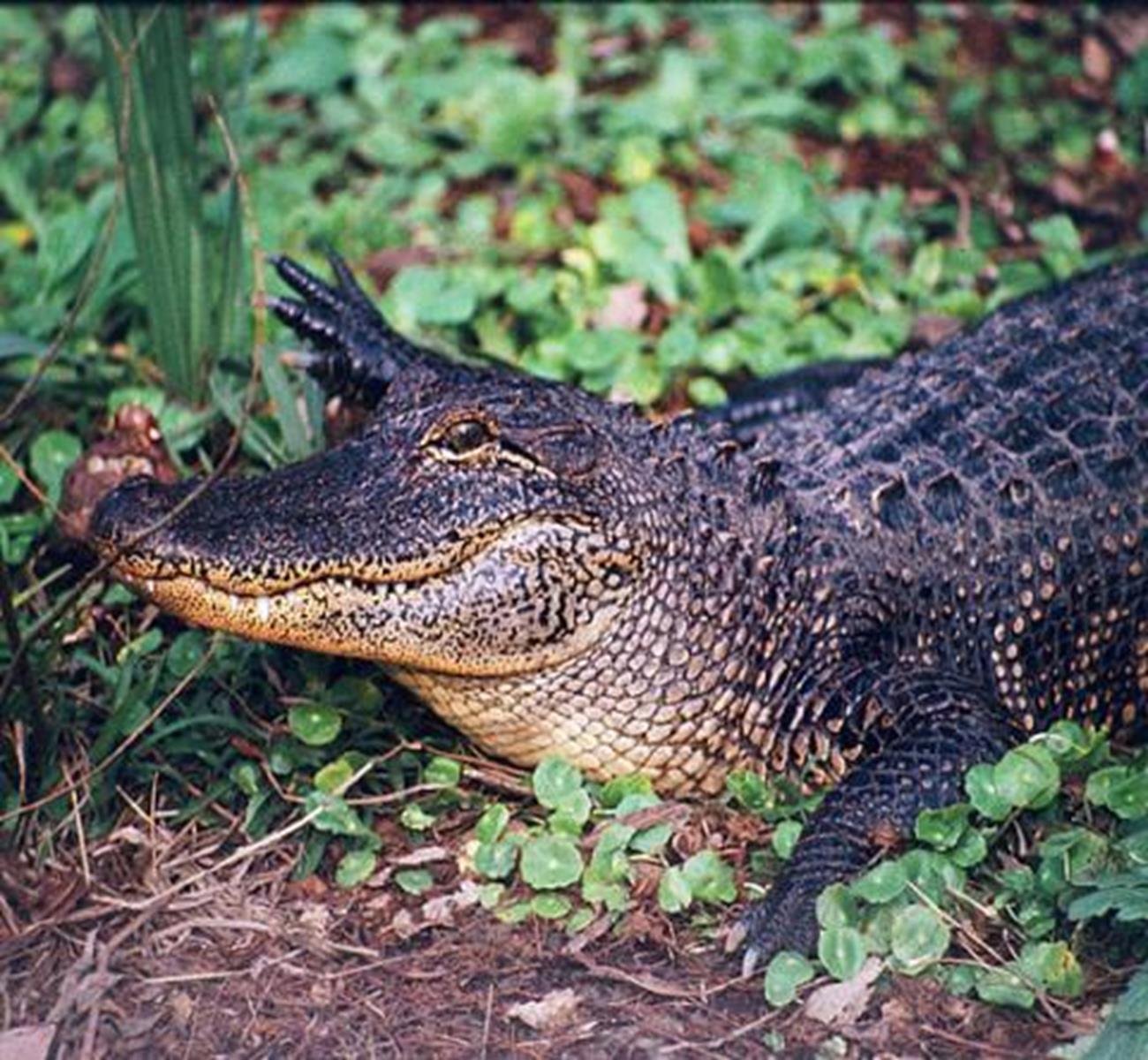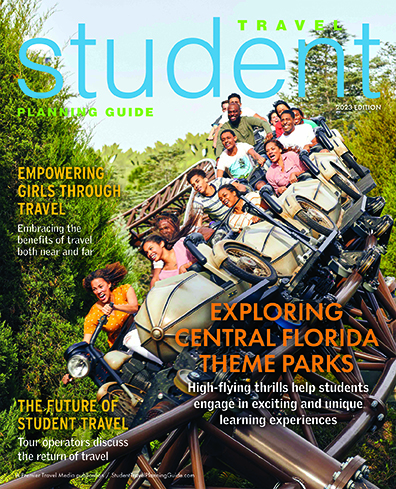That famous Southern hospitality runs deep in Louisiana. In addition to natural beauty and fascinating history, the welcoming people of Louisiana are more than willing to show visitors the best their state has to offer. Students can learn about Louisiana’s unique place in the United States’ past and present while visiting fun, immersive sights.
Palatial Plantations
Each of the many plantations throughout Louisiana’s countryside has something special to offer visitors. Students at Vacherie’s Oak Alley Plantation, for example, can tour the grounds and stately manor with guides in period dress. They learn about Oak Alley’s historical footprint, its slaves and the regional effects of the Civil War.
Rosedown Plantation in St. Francisville offers another look at Louisiana’s history. With 13 authentic outbuildings open to the public, students can learn about life in the 19th century. Rosedown’s extensive ornamental gardens, created by plantation owner and horticultural enthusiast Martha Turnbull, have been maintained for period accuracy through the years. Few gardens from the period, especially as vast as Rosedown’s, remain today.
Myrtles Plantation, also in St. Francisville, is renowned for being one of the most haunted houses in the country. Students hear of the phantoms left behind by a much abused slave, Chloe, and the plantation owner’s children. With so many lively characters in the plantation’s history, students won’t be surprised to learn that a few of them have stuck around.

A Front View of the Myrtles Plantation. Credit: Wikipedia
Louisiana’s Wild Wonders
Louisiana has an enchanting, bayou-dotted landscape unlike any other state, and there are plenty people and places eager to educate student groups about its wilds. Take the Creole Nature Trail, for example. Located in the Lake Charles area, the trail offers students the chance to learn about the many animals and plants that live in the area. In addition, the trail’s Adventure Point educates visitors about Creole and Cajun culture by offering live authentic music and colorful dioramas presenting the state’s diverse wildlife.
Another must see is Natchitoches’ Alligator Park, which lets students get up close and personal with the reptilian rulers of Louisiana’s swamps. Students can learn about these creatures and even hold one in their hands. The park also offers Cajun music and cuisine, along with a petting zoo filled with less scaly residents such as pygmy goats and Shetland ponies.
Jungle Gardens of Avery Island is another unique sanctuary for local wildlife. The lush garden was originally conceived as a refuge for the snowy egret and other threatened birds by naturalist Edward Avery McIlhenny, who built the gardens using the fortune created by his father, the inventor of Tabasco sauce. The site provides an excellent opportunity for students to learn about Louisiana’s wildlife and enjoy beautiful scenery and objects, like the famous Buddha statue.
For students looking to get the most out of Louisiana’s wilderness, there are swamp tours available. Cajun Encounters is a tour company that devotes itself to eco-friendly tours of Honey Island. Ride in specially designed, flat-bottom boats with knowledgeable tour guides to discover how the creatures of the swamp behave in their natural habitat. Watch the daring guides feed wild alligators right at the side of your boat.
Louisiana’s Must-See Museums
The wide variety of museums in Louisiana show the state’s special culture and history. No educational visit would be complete without a trip to the facilities of the Louisiana State Museum, which has locations spread across the state. In New Orleans, The Old U.S. Mint offers students a history not of money, but Louisiana’s rich musical scene, including the likes of Louis Armstrong and Fats Domino. The Cabildo, located the French Quarter, offers unique bits of American and Louisiana history, a drum from the Battle of New Orleans, and a death mask of Napoleon Bonaparte. At any of the Louisiana State Museum locations, teachers can find lesson plans, specialty tours and scavenger hunts for their students.
At New Iberia’s Bayou Teche Museum, students can learn about local life and industries inspired by the bayou. Sugar farming, fishing and boating are all featured, in addition to more leisurely aspects of bayou life, such as food and music.
For more insight on the bayou’s lifeblood, look at the Jeanerette Museum in the town of the same name. Students will learn about the area’s industry and business in shipping, sugar and cypress wood. Students can admire antique equipment once relied on for peoples’ livelihood. From sewing collections to sugar farm equipment, students will truly see what built this state.
Louisiana is a state of beauty, culture and history. Hidden gems abound and the careful travel planner will take advantage of the many enlightening opportunities, whether they are on plantation grounds, out in the swamp or in one of the state’s many museums. Do you have a story about this Southern Haven? Tell us and our readers all about it in the comments below.











